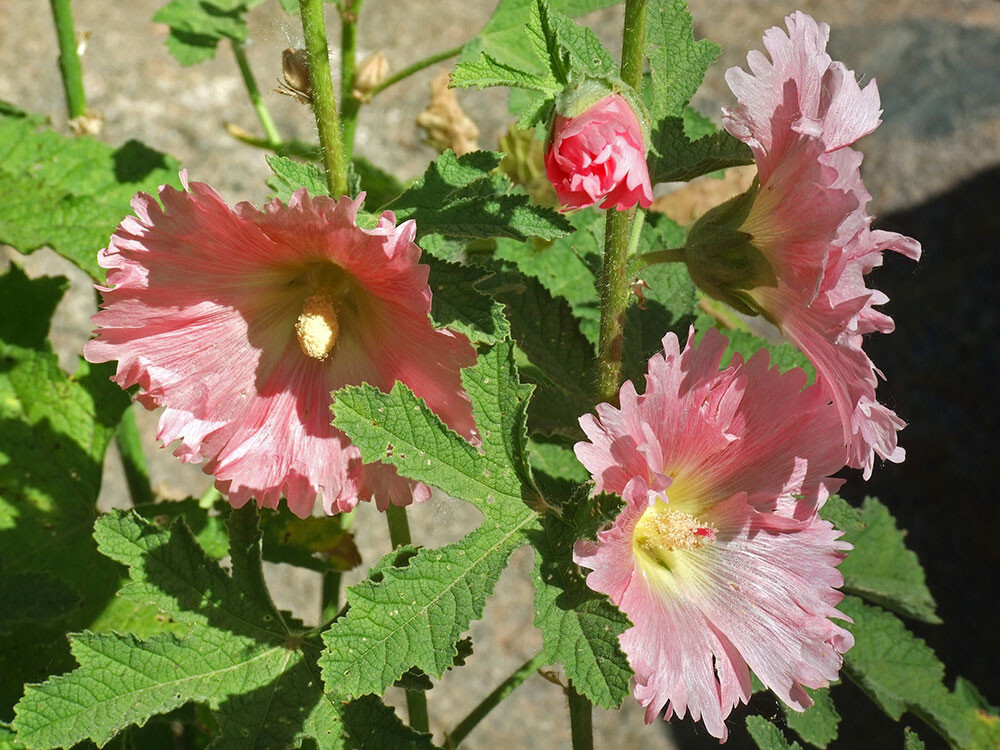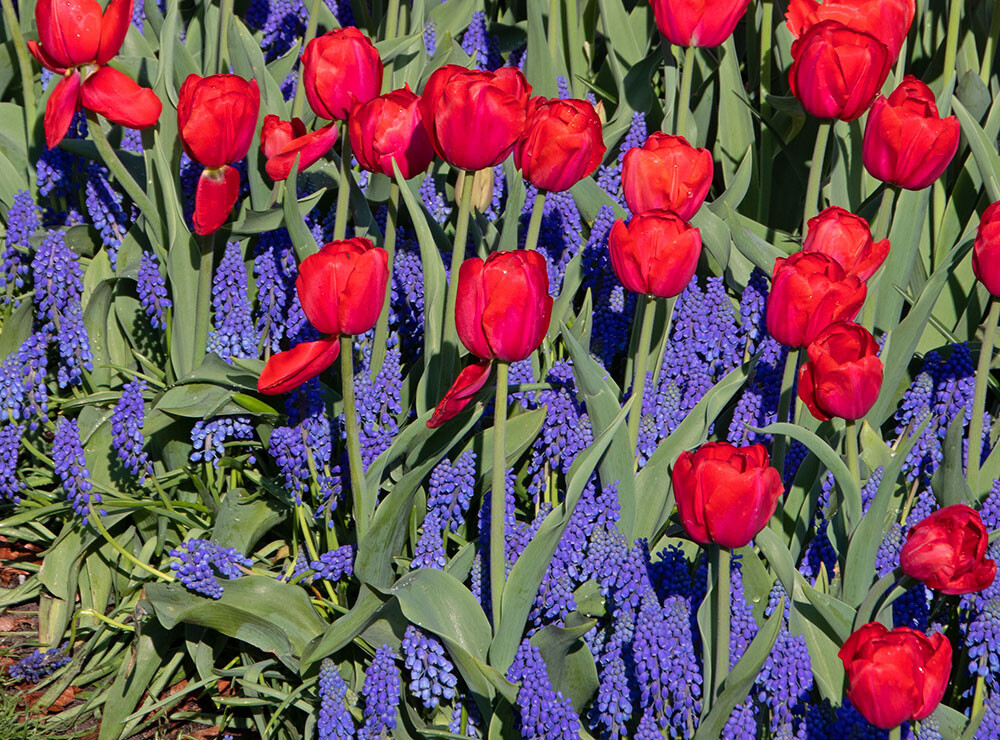To plant or not to plant? That is the Shakespearean quandary many area gardeners find themselves in now because late October is the time to begin filling flower beds with fall-planted/spring-blooming bulbs. And when it comes to tulips, such a question gets even tougher to answer.
Nobody is going to argue tulips don’t have drop-dead gorgeous flowers that add a ton of color to early spring gardens, but many are typically grown as one-hit wonders, lasting but a single spring in the sunny South — and turning pricier selections into expensive ephemerals.
And then there is the problem with deer. Deer dearly love to munch on tulips, meaning a gardener’s blissful anticipation of an enjoyable springtime blooming event cratering instead into an extended exercise in excessive cussing is real.
So, what’s a gardener to do? The simplest answer is, if deer frequent your area, just don’t plant tulips. This doesn’t mean your spring landscape has to come down with a case of visual blahs because there are many other bulbous beauties you can plant this fall sporting bright, cheerful flowers that deer would rather not like to have on their menu.
Need examples? Daffodils (Narcissus sp.) are probably the best-known deer-resistant springtime-flowering bulbs, but they have some rather attractive company with glory-of-the-snow (Chionodoxa sp.), hyacinths (Hyacinthus orientalis), snowdrops (Galanthus nivalis), Siberian squills (Scilla siberica), fritillarias (Fritillaria sp.), and grape hyacinths (Muscari armeniacum). And by the way, none of these blooming beauties are big faves of rabbits, either.
I do need to mention that “deer-resistant” is a broad term meaning these critters don’t like the taste of such plants and flowers, but if hungry enough, they just might take a nibble. It’s sort of like you having a mighty midnight munchy attack and only finding leftover sardine-liver quiche in the refrigerator. Think about it.
For gardeners who just won’t stand for spring in a tulip-less garden, there is hope. Liquid deer repellents are not hard to find in garden centers, and they do work reasonably well — my hostas remaining unchewed over the long growing season has been proof enough for me.
There is also a prettier way to deter deer. Simply interplant your favorite Dutch delights with any of the bulbs mentioned above that deer don’t like. Such a mix can confuse — even assault — their taste buds, often to the point they take their dinner reservations elsewhere.

Cut back hollyhock plants now to help prevent rust next growing season.
This year, were your hollyhocks’ leaves besmirched (yes, I said besmirched) with yellow or brown patches dotted by orange spots? The culprit was rust, a common fungal problem with hollyhocks. Fungicides applied during the growing season will help control this disease, but since it can overwinter in the plants, break up the life cycle of rust-causing spores by cutting back your hollyhocks to the ground now, bagging up the debris, and giving it a one-way ticket to the dump. In addition, this easy, effective cultural practice works well against botrytis blight, which can also afflict pretty hollyhocks with a bad case of the uglies.
To Do in the Garden
October
- Although planting season in the veggie patch is winding down, if your green thumb still has an itch, give it a scratch at the beginning of this month, when you still have time to slip in more spinach, onions (bulbs), garlic (bulbs), and Chinese cabbage.
- If you plan to use a pumpkin as a snappy seasonal decoration, remember it will keep better if not located in bright sunlight most of the day and with a few inches of its stem still attached. Also, an uncarved pumpkin will have a longer show-off life.
- Get into the spirit of Halloween and “haunt” local nurseries for end-of-growing-season sales on leftover perennials and woody ornamentals.
- Herbaceous perennials are long-lasting plants that die back or are cut down after the first frosts bite. They are also plants that you might forget where they are next spring unless you put markers beside them now before their late autumn disappearing act.
- Liquid Assets: Monk’s Mär “Zen”
- Pets on Parade 2023
- Liquid Assets: The Eleventh Hour
- Restaurant Spotlight: Urban Angeethi
- Asali’s Pumpkin Cheesecake Mousse
- Worth the Drive: Lexington
- Nonprofit Spotlight: Cat Angels Pet Adoptions
- Unleashing Comfort
- On Trend: Curated Living
- Garden Adventurer: Tulips! Don’t Fear the Deer!
- Small Business Spotlight: Werking Design & Décor
- Growing Community and Good Vibes
- Ready, Set, Glow
- Erica Chats: Your NC Fall Bucket List
- Things to Do: October 2023







